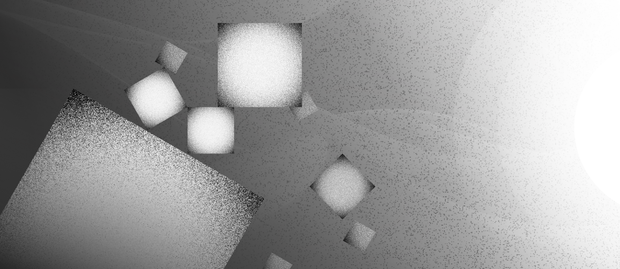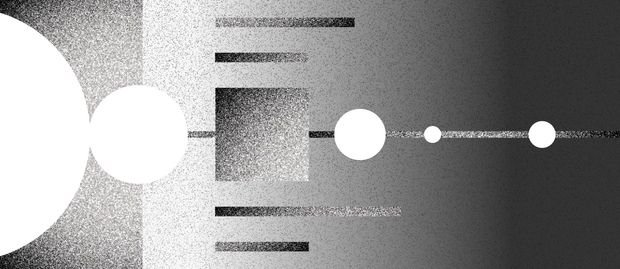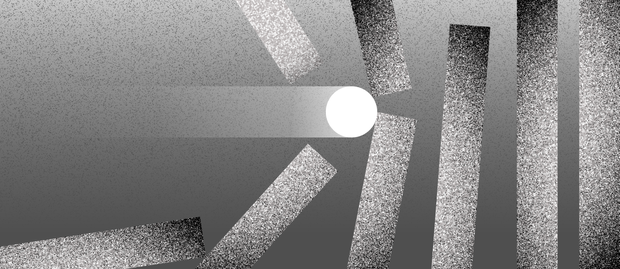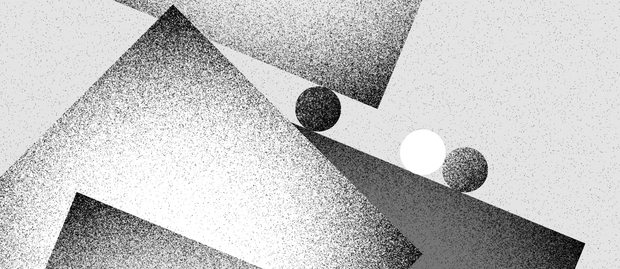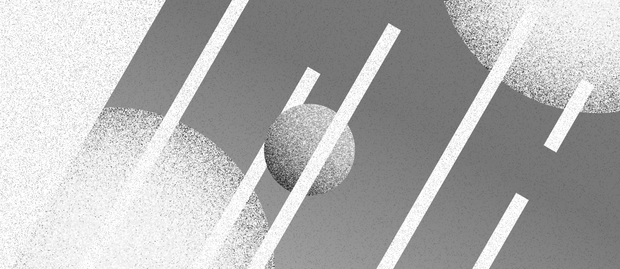
How Does the Crypto Art Sphere Feel in 2024?
The whirlwind of 2021 propelled crypto art, also known as NFTs, into the global spotlight. Astronomical prices, top headlines, and mass adoption among individuals and institutions — it seemed as if a new era of art ownership was upon us. However, 2024 presents a bit different landscape.
In this article, we'll report how 2023 played out for crypto art and what sentiment surrounds the crypto art market in 2024. Expect to delve into an analysis of the challenges it faces and the exciting possibilities that lie ahead. It's time to find out the forecast of whether reimagining crypto art's role within the art ecosystem is still worth it and what crypto artists and collectors should expect from the future.
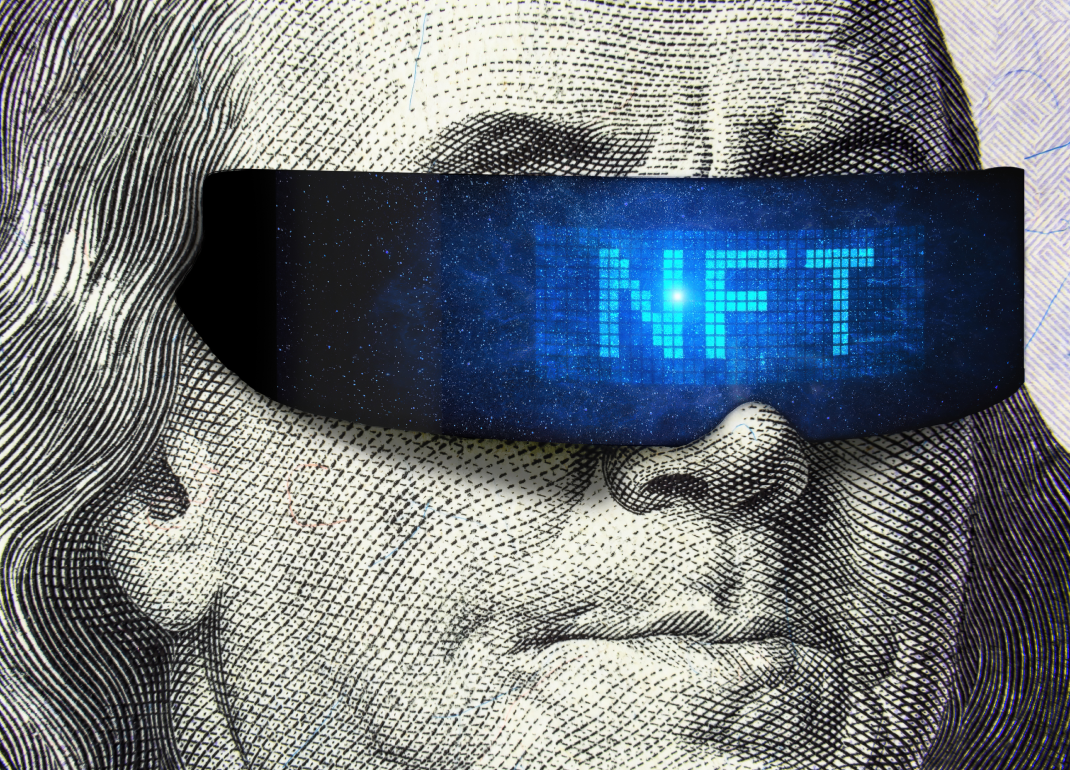
How the Сrypto Art Market Finished 2023
For the crypto art market, 2023 resembled a rollercoaster ride. On one side, it still had some of the afterglow of 2021-2022: headlines featured astronomical sale prices, a sense of a new era was still present, and various museums partnered with NFT companies to tokenize their art. However, as the year progressed, a different picture started to emerge.
The initial enthusiasm subsided, and with each month, the general audience became less and less interested in the topics. Artists, art collectors, and galleries also seemed to lose interest, while unresolved challenges led to major dips throughout 2023. For instance, focusing on quick profits in certain sectors oversaturated the market with low-quality NFTs. As a result, a significant portion of NFTs lost value, causing uncertainty for both collectors and artists.
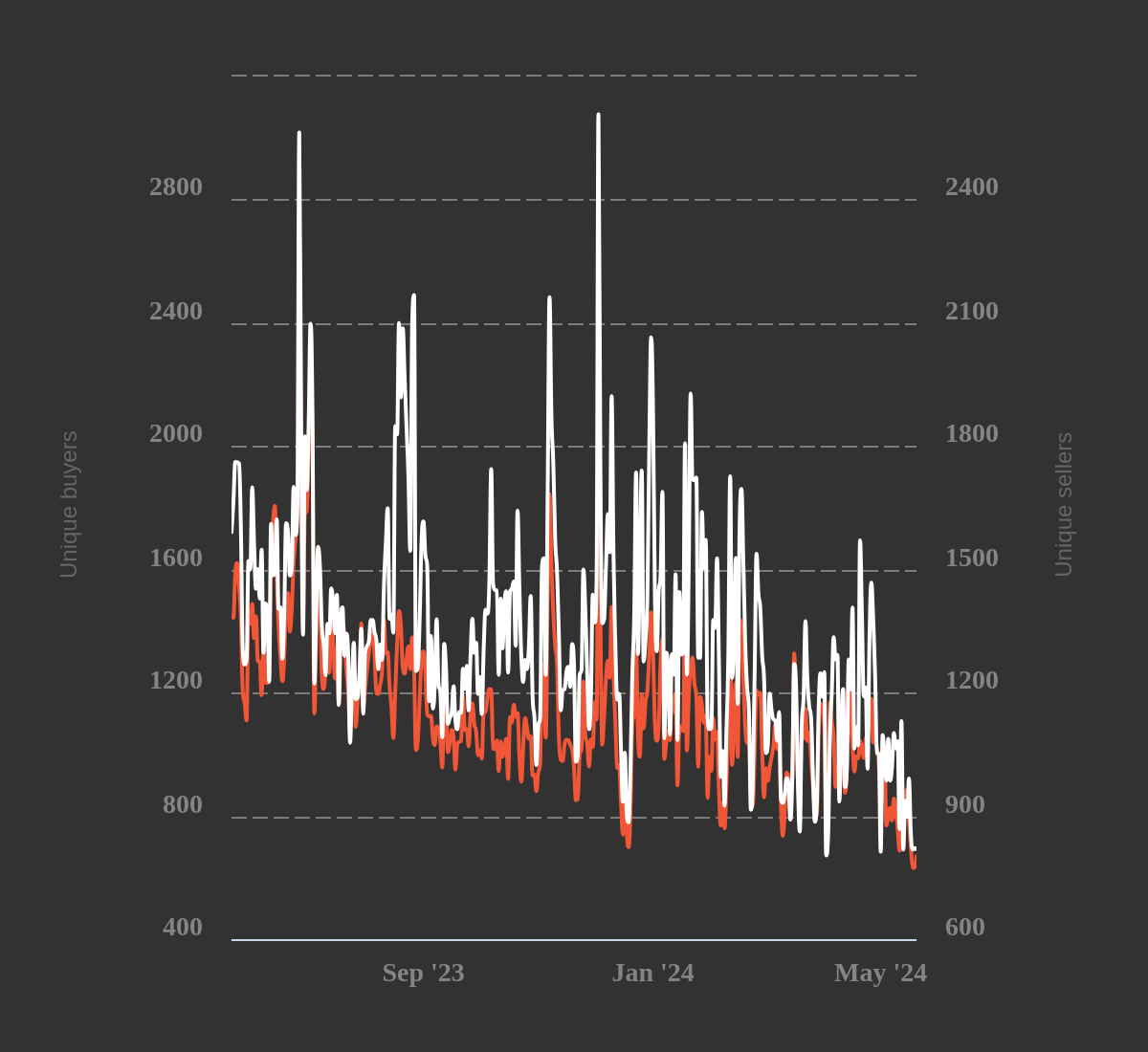
Nonetheless, the end of 2023 demonstrated a transformative shift. Instead of relying on the initial hype, the market gave way to a more measured approach centered around the artistic merit and utility of NFTs, with no more speculative value.
Despite the major loss of interest, there were still strong communities around specific NFT projects, collections, and summits. These groups were dedicated to fostering collaboration and a sense of shared purpose. In addition, they played an important role in researching new ways to utilize NFTs beyond static artwork. This included incorporating interactive elements, integrating them within virtual worlds (metaverses), and pushing the boundaries of artistic expression.
In conclusion, 2023 showed that the core crypto art market insight was focused on change. Crypto art couldn't stick to the old ways and required some recalibration. Although this shift could have happened much sooner, it still gave the industry an opportunity to utilize 2024 to its full potential.
Сrypto Art in 2024 and What to Expect
For Artists:
While the initial boom saw some artists reaping significant financial rewards, the market became less dynamic and engaging. Artists can expect a growth of interest in their crypto artworks if they find additional value or promotional channels. For one, it may be the rise of NFTs that offer a deeper artistic experience, interactivity, or unique functionalities beyond just digital ownership. Community engagement will also be key for artists in the coming year. Platforms fostering close connections with collectors and creating a sense of shared purpose will be crucial. This can involve hosting online discussions and actively engaging with their audience.
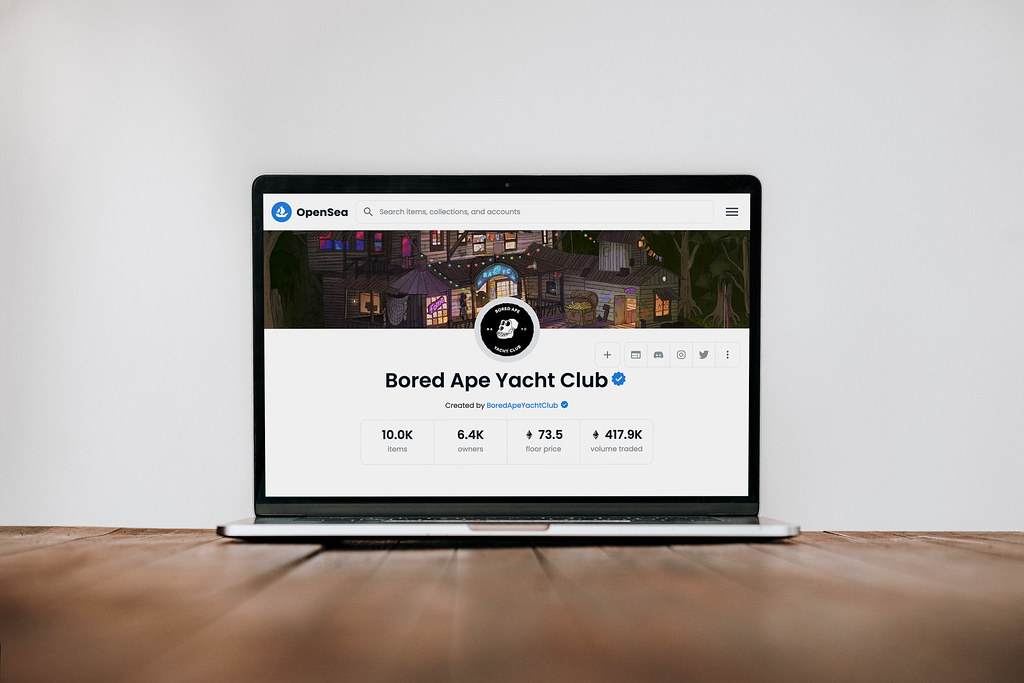
For Galleries:
Although there are already famous museums and galleries in the market, it's still not as accessible as it could be. Understanding the intricacies of blockchain technology and NFT marketplaces can still be considered a significant hurdle for average users and galleries stuck in traditional ways. Curation takes on a new dimension in the crypto art world as well. Galleries will focus not only on the artistic merit of NFTs but also their potential utility and how they contribute to the overall experience for collectors. For example, opportunities exist for galleries to bridge the gap between the traditional art world and the digital realm, making NFTs more tangible.
For Collectors:
While some collectors might still be drawn to the potential for quick financial gains, most will be more reactive than proactive. Expect a greater focus on secondary sales, where collectors acquire NFTs with proven artistic and monetary value. They will also look for exclusive content, participation in artist communities, and the ability to influence the evolution of certain NFT projects.
Future of Crypto in the Art Market
As we mentioned previously, 2024 presents an important stage for crypto art and NFTs. As the initial hype has subsided and the majority of con artists have left the space, the community must face new challenges and find a way to revitalize the potential of this innovative art form.
Challenges to Overcome:
- Market Volatility: The inherent volatility of the cryptocurrency market continues to be a burden. As a result, NFT prices also remain susceptible to fluctuations, creating uncertainty for collectors hesitant to invest in potentially unstable assets. For example, the community should find a way to avoid instances where entire collections lose their value completely.
- Environmental Concerns: While the industry is already seeking suitable solutions, main marketplaces tend to opt for more energy-intensive blockchains. The market should be more decisive in adopting more sustainable solutions. It should become a trend. Otherwise, it could become another excuse for the general audience to avoid collecting crypto art altogether.
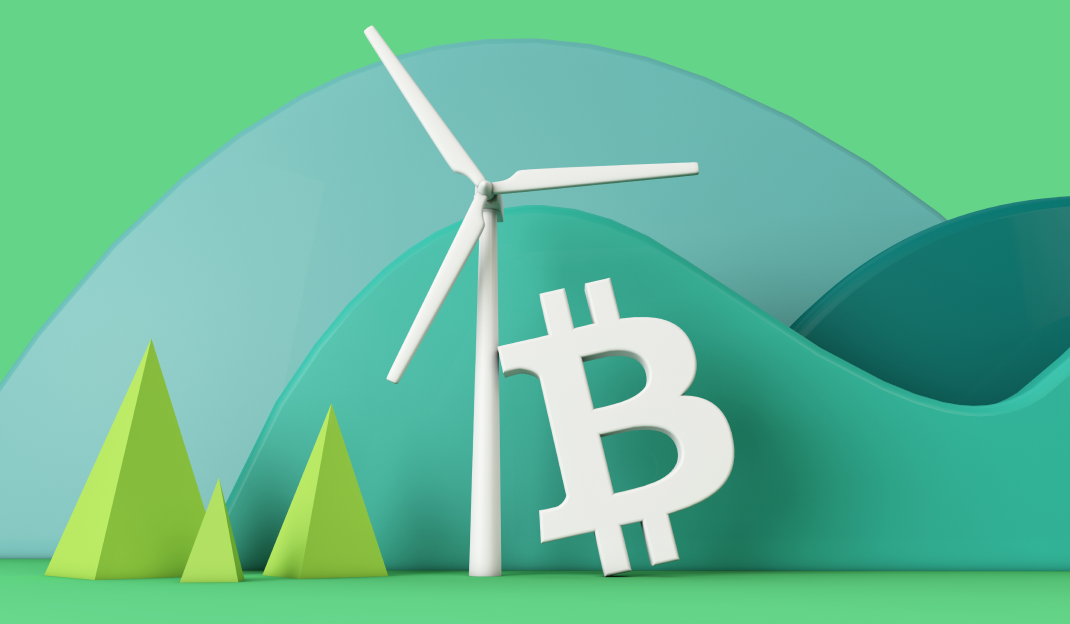
- Speculation Nature: NFTs are often viewed as speculative investments. The industry should find a way to shift the focus toward establishing the artistic merit and utility of NFTs. For instance, offering collectors unique experiences or functionality beyond mere ownership of a digital asset can help artists, galleries, and collectors change their perceptions.
- Low Quality: Scams, plagiarism, and AI have eroded trust in the crypto art market and its value. The market should implement robust measures to foster a quality-oriented approach to work and provide actual value to the audience.
Opportunities for Growth:
- Communities: Although the crypto art market size in 2024 has diminished, there are still communities big enough to foster collaboration and a sense of shared purpose. This can lead to a more engaged collector base and a more sustainable market.
- Innovation and Experimentation: Technological development provides new platforms and devices where artists and developers can explore new ways to create art. Virtual worlds like metaverses, VR, AR, and even AI can offer novel storytelling methods that push the artistic boundaries.
- Regulations: More countries are adopting crypto and NFT regulations, which make the market more secure and understandable for the general audience. Although it diminishes one of the core crypto features, it also helps make the NFT market less detached from average users.
Ultimately, a fundamental truth persists: crypto art in 2024 holds the potential to reshape the art world. It opens doors to broader accessibility, empowers artists, and paves a new path for artistic expression. The key to unlocking these transformative benefits lies in charting a new course, not in replicating past trends. We, as a community of forward-thinking creators and collectors, need to harness the true potential of crypto art without repeating past mistakes. Otherwise, we may lose out on this opportunity for who-knows-how-many years.
Related articles

